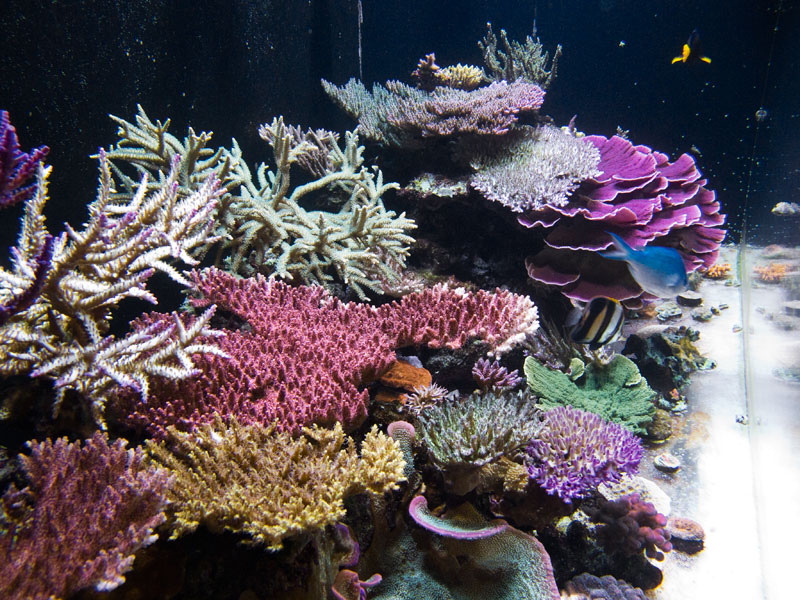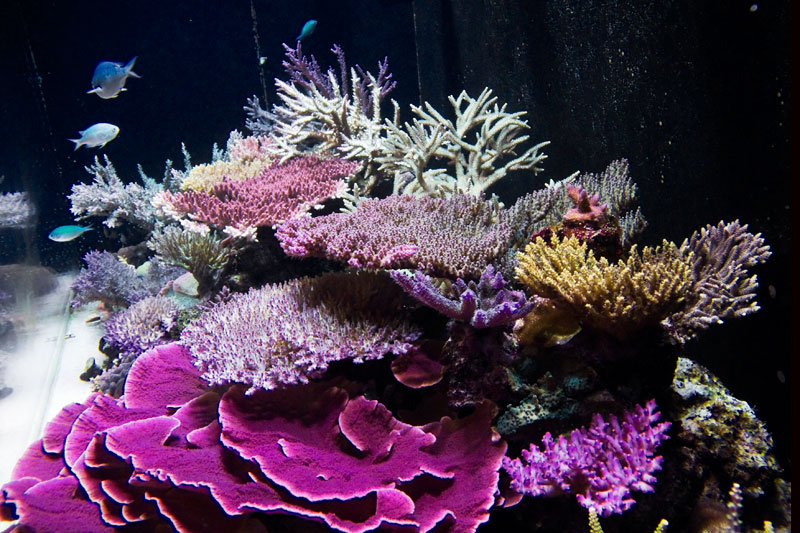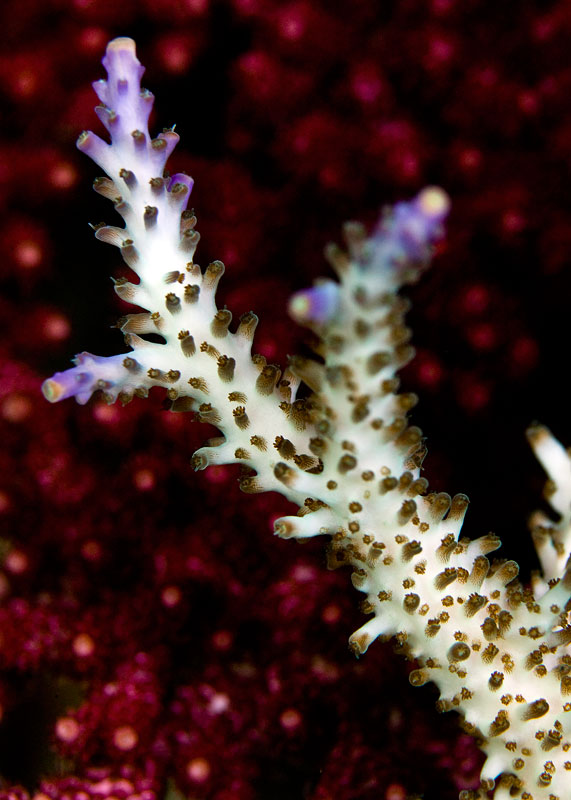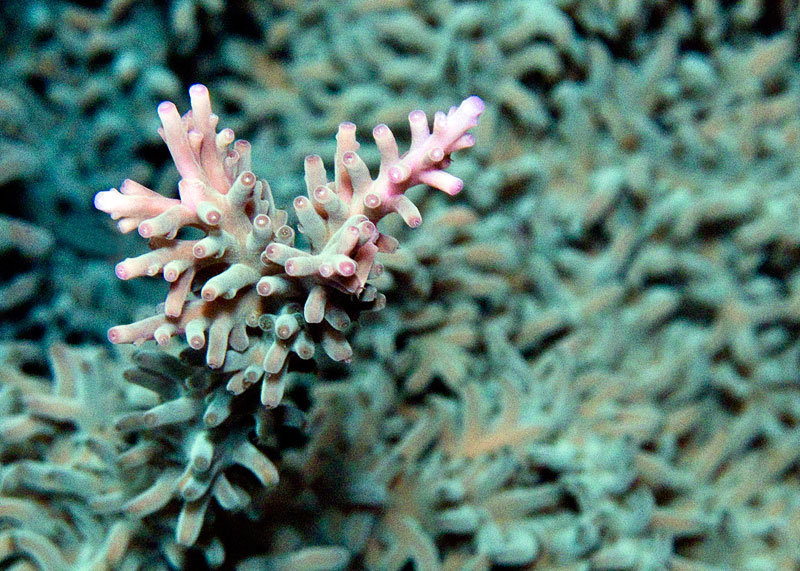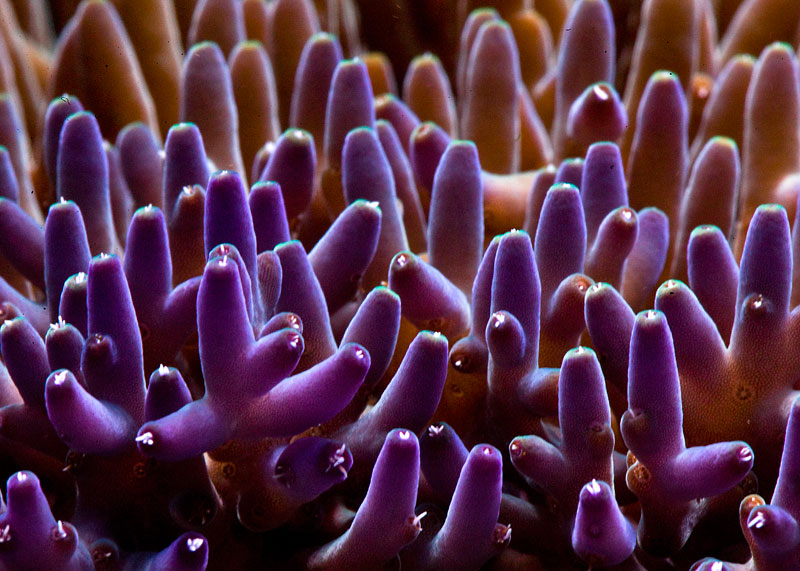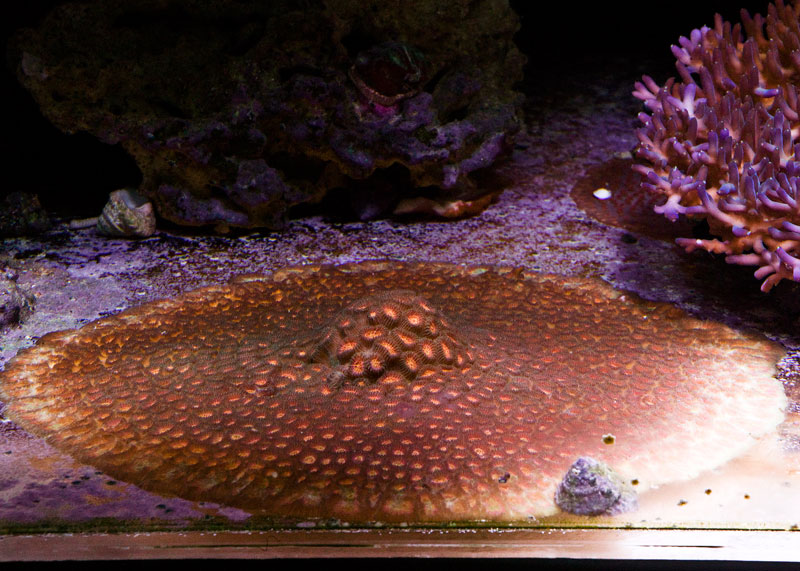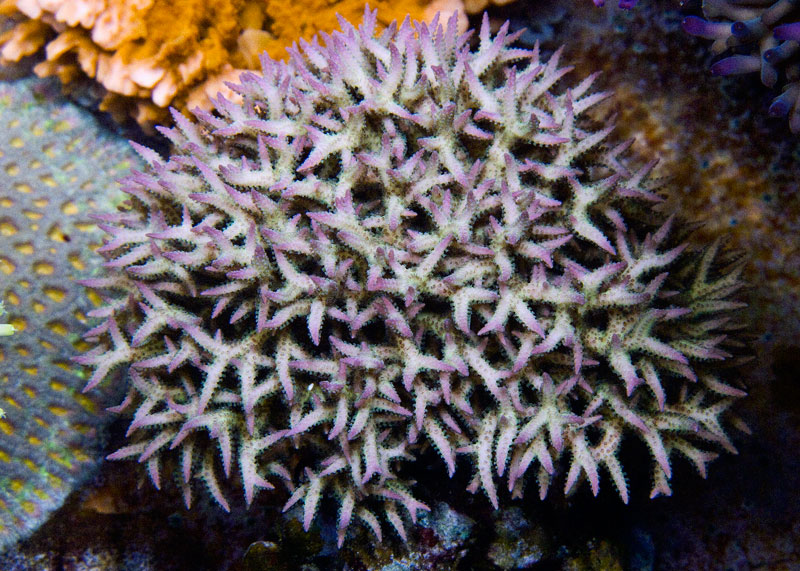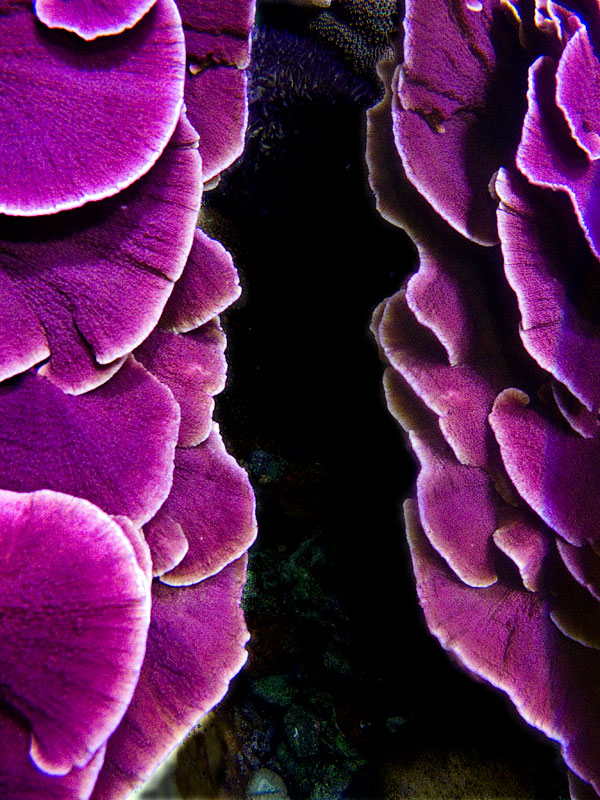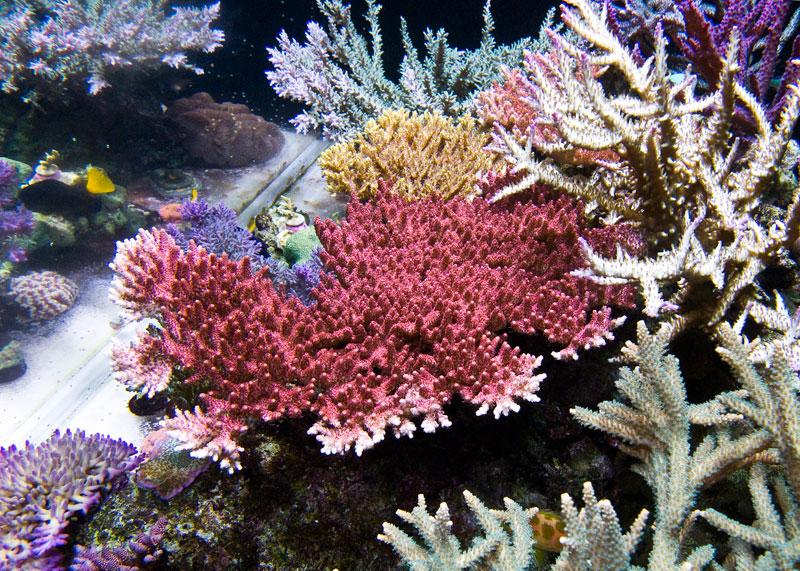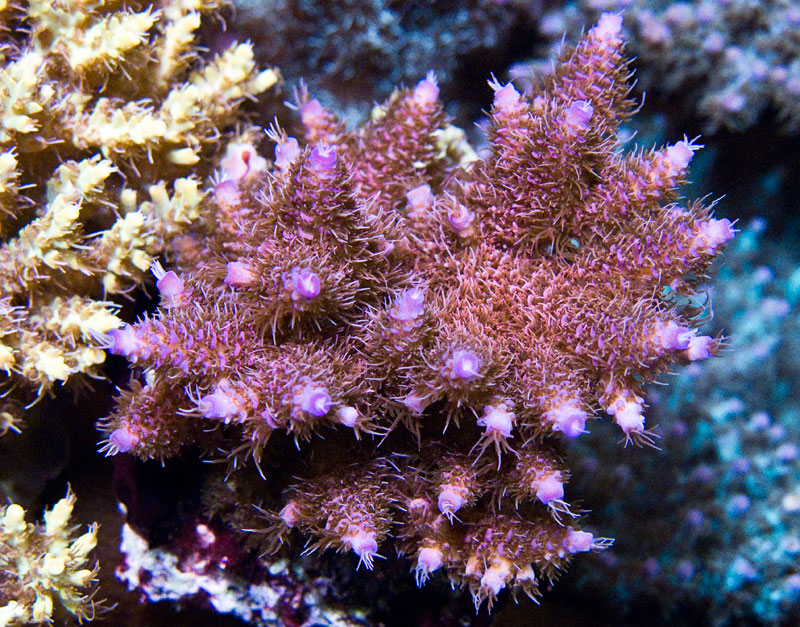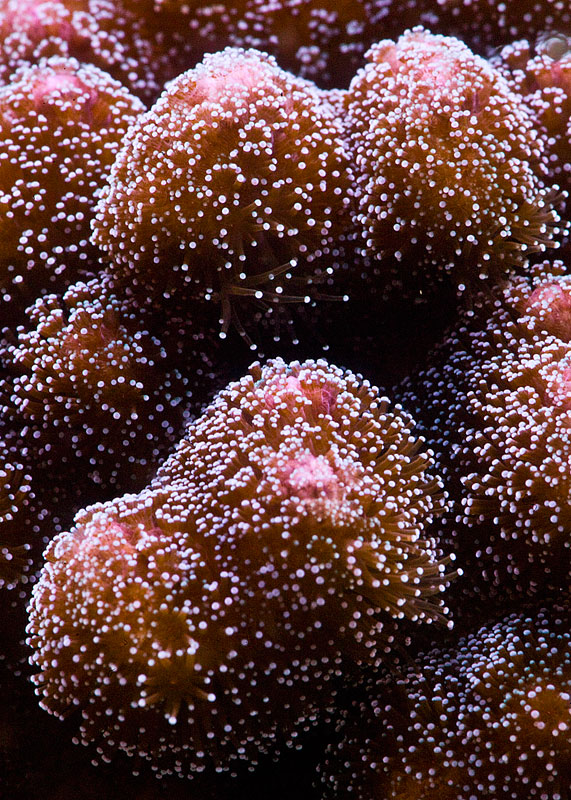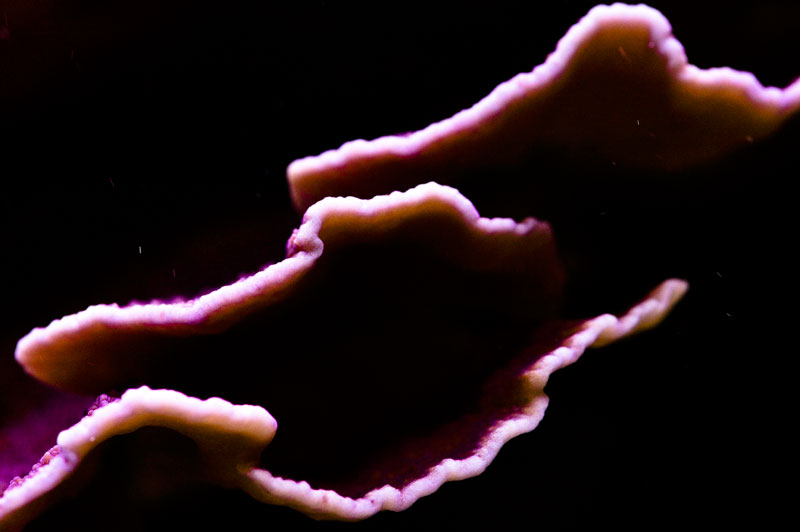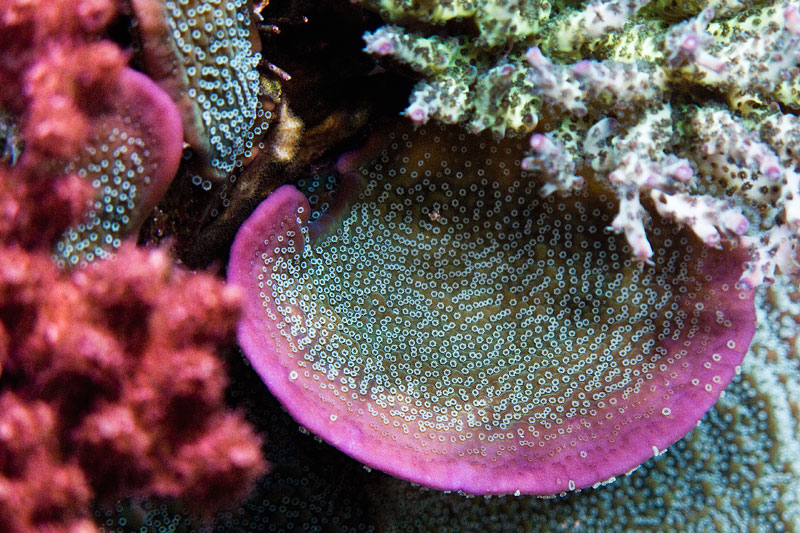HOW? :scratchch where are all those GPH going? :Yikes:Circulation: 3 x Reeflo Hammerheads
BTW...very nice tank...

HOW? :scratchch where are all those GPH going? :Yikes:Circulation: 3 x Reeflo Hammerheads
Do you have issues keeping your Ca elevated? What other reasons do you consider when using the Kalk?
HOW? :scratchch where are all those GPH going?
Also wondering how u keep u levels up with that much sps how do u keep nutrients down?
What is the orange acro??
So is some of that 'closed loop' ?... one pump for sump return?If you'll notice in the FTS, between the Tunzes, I have 7 returns that are split with Y nozzles into 14. It is also quite a long run from the sump so I have two of the Reeflos for just those upper returns. But what you CAN'T see is that I have 4 more returns, also split by Y nozzles into 8, running along the bottom of the back wall and therefore need the third pump to service them.
So is some of that 'closed loop' ?... one pump for sump return?
...12-15000 gph thru a sump would be pretty strong. Combined with all the Tunzes and the wavemaker, you have 'tsunami' potential!
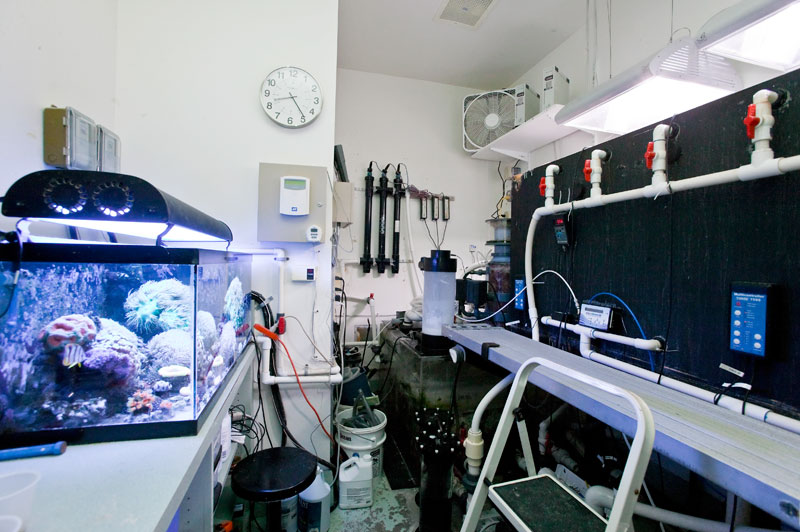
Beautiful tank!
Can you please describe the flow pattern. It looks to me that flow is top back to front, then down the front, then front to back along the bottom.
Also can you describe the plumbing in the closed loop. How did you prevent organisms from being sucked in?
